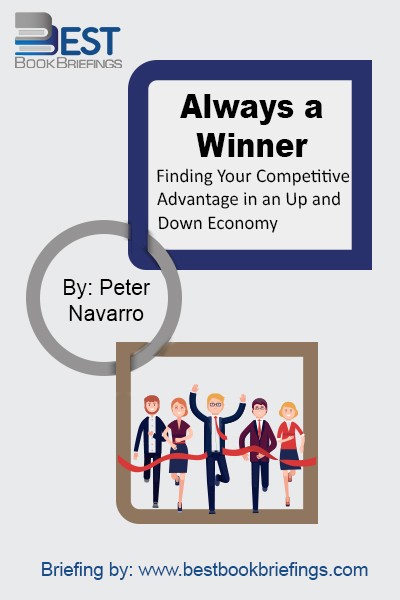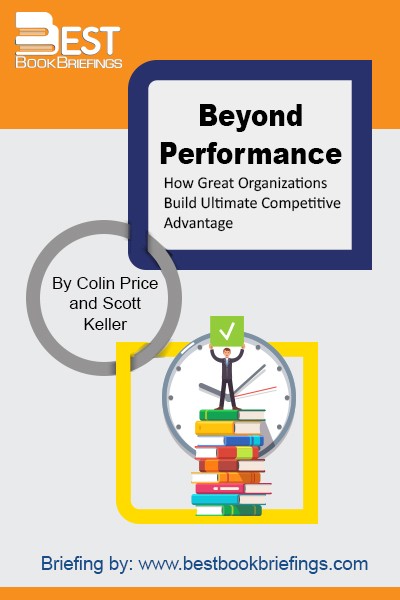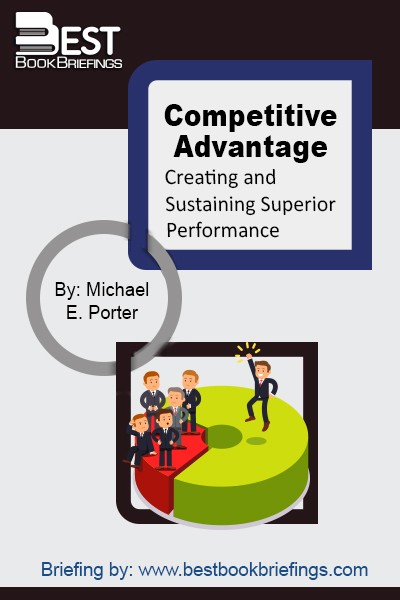Competitive Advantage
Creating and Sustaining Superior Performance
Number of pages: 592
Publisher: Free Press
BBB Library: Business Classics, Corporate Success
ISBN: 978-0684841465
Editorial Review
In this book, the author illustrates using real life experiences how a firm should analyze the competition and position itself in such a way that it pulls a fair share of the market. In the book, the author covers the need for a firm to establish a value chain and add value to their product and how they can use proper analysis to earn the competitive advantage. In the current business environment where competition is stiff due to a global economy, it is important for a firm to gain competitive advantage in order to survive. It is for this reason that the book is a must read business classic.
Book Reviews
Books on Related Topics

In this definitive and revealing history, Henry Mintzberg, the iconoclastic former president of the Strategic Management Society, unmasks the press that has mesmerized so many organizations since 1965: strategic planning. One of our most brilliant and original management thinkers, Mintzberg concludes that the term is an oxymoron—that strategy cannot be planned

In 1983, Dr. Rosabeth Moss Kanterwrote The Change Masters, a practical book which had a major impact on the conduct of American business and management.Sheargued that American business was facing an unfavorable economic and social environment and in dire need of an American corporate Renaissance. In executive suites throughout America, The Change

In this book, you will learn to Forecast movements and key recessionary turning points in the business cycle; implement a set of powerful battle-tested strategies over the course of the business cycle; rebuild your organization with a strategic business cycle orientation and thereby make it much more recession-resistant and resilient over

Today, that way of thinking about strategy is in tatters. It would be easy to bemoan the loss of so much security and stability, and it is indeed important to be candid about the downsides and the social adjustment costs. But it’s just as important to be excited about the opportunities

Transformations that ignore health and focus only on performance are 1.5 times more likely to fail in the long run. The good news here is that research and experience both tell us that performance and health are not in conflict, but are complementary. To see why, consider a sports team that

In such a busy and crowded marketplace, most people and organizations don’t have time to learn about what other places are really like. When you haven’t got time to read a book, you judge it by its cover. We all navigate through the complexity of the modern world armed with a



